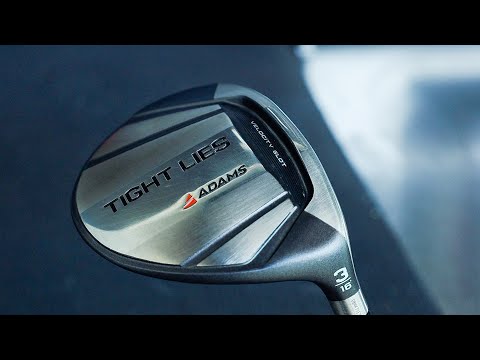How to Stop Hitting a Golf Hook
Even the greatest golfers among us know the frustration of the dreaded hook. You feel like you’re making a straight, powerful swing, then watch with horror as your ball veers sharply off course.
Every golfer is eager to stop hooking the golf ball once and for all. In order to do that, you need to understand what mistakes you’re making and how to fix them. I am going to walk you through some quick tips that will help you finally rid yourself of the hook. I will explain what the hook is, break down the science behind it, and teach you how to avoid it.
When you don’t fully understand hooking, it’s easy to feel like the hook is just an inevitable part of your golf game. Fortunately, a little knowledge goes a long way to stop hooking the golf ball and start shooting nice, long draws.
What is a Golf Hook?
First things first: let’s make sure we’re on the same page about what a hook is.
If you’re right-handed, a golf hook is when your ball starts out on a straight flight path, then veers sharply to the left. If you’re left handed, your ball veers to the right. In both cases, a hook shot is also characterized by a lower-than-usual ball flight.
The hook is a source of endless frustration for many golfers, because it takes you off your target path and adds unnecessary strokes to your game.
Why You Keep Hitting a Golf Hook
The first step in fixing your hook is to understand why it happens in the first place.
To help explain the science behind this aggravating habit, I used the launch monitor at the Todd Kolb Golf Academy to measure the stats of my shot. Then, I attempted a deliberate hook shot. Now, it’s pretty rare for me to hook the ball these days. Nevertheless, I’ve hooked it enough in the past to remember how it’s done.
Sure enough, I managed to get my ball veering to left of my target path. The golf ball also had a much lower trajectory than it typically does. I checked out my stats on the launch monitor.
There are two factors that dictate the curve of a golf shot: the angle of the club path and the angle of the clubface. Looking at the launch monitor, I saw that the path of my club was angled 8.8 degrees to the right of my target line. The clubface was angled 4.2 degrees to the left. Essentially, my ball got one set of instructions from the path of my swing and a separate set of instructions from my clubface. There was a 13-degree disparity between both sets of instructions. You’d be confused about where to go, too.
To give this problem a little more context, let’s talk about what happens when you hit a draw.
A draw, as you probably know, is when the ball curves gently to the left (for a right-handed golfer). Rather than veering wildly off course, it’s a solid, controlled shot. In order to hit a draw, you want your club path angled 4 degrees to the right and your clubface angled 2 degrees to the left.
Read the full article on our website:
For more free golf tips like this, visit:
**** DOWNLOAD THE SCIENCE OF THE SLICE E-BOOK HERE FOR FREE! ****
—
► Subscribe to USGolfTV:
—
FIX YOUR SLICE TODAY!
Visit
—
Follow us on Social Media:
Website –
Facebook –
YouTube –
Twitter – @usgolftv
e






